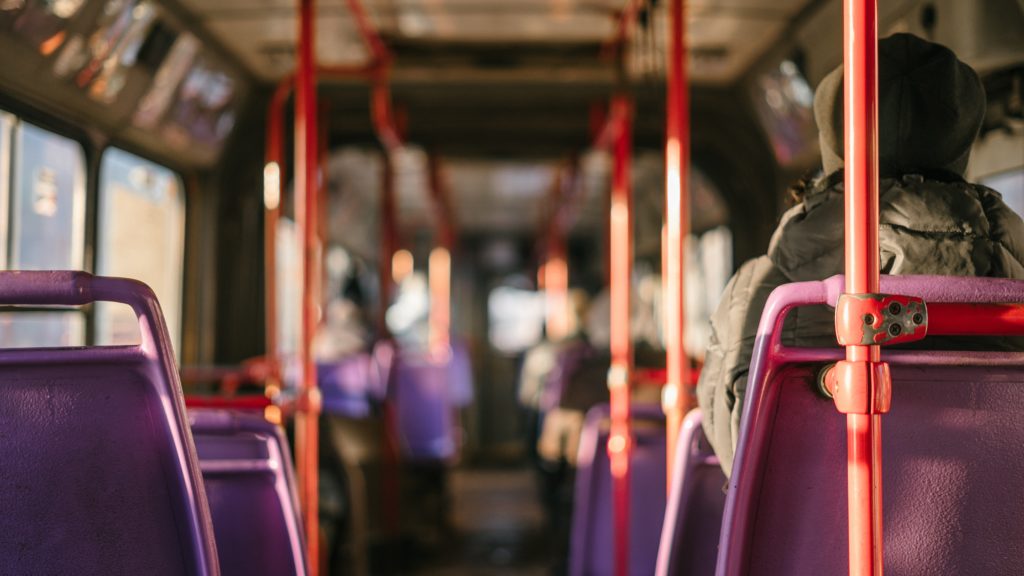Next week, plans to improve Miami-Dade bus network could get approval
DORAL, FL – The county commission is expected to have in its agenda the approval of a project aimed to improve Miami-Dade bus network as soon as October 20.
The Better Bus Project is meant to redesign public transportation within the county for its thousands of residents that struggle to commute every day.
According to the Mass Transit website, this new initiative, consisting of three phases, was created in order to “rescue essential workers who depend on public transit but often endure long waits (30-60 minutes) en route to their destination.”
In Miami-Dade, 36 percent of transit commuters are essential workers that are part of the healthcare, hospitality, education, construction and retail fields.
The situation for them got worse with the coronavirus pandemic that forced Miami-Dade bus network to enforce social distancing and reduce capacity.
Since then, 51 percent of passengers has reported being left behind by a full bus, according to a new survey by Transit Alliance Miami, the mobility advocacy organization, cited by the media outlet.
“We’ve been stuck with routes that don’t make any sense on a system that hasn’t been updated since 1986,” Azhar Chougle, executive director of Transit Alliance, said to Mass Transit. “So we created a network rebuilt from the ground up by a community that wanted reform.”
The reform consist of eliminating low-use routes, and increase user access to frequent service from the current 10 percent to 23 or 48 percent, depending on the area of residence.
The new bus network will increase the frequency of buses during the day to ensure they can provide the best possible service and keep passengers, and the community, connected during and after the coronavirus pandemic.
“We’ll have red lines north to Miami Gardens, south to Florida City, west to FIU and east to Miami Beach,” added Chougle.
The new network also plans to increase access to employment, healthcare and retail hubs, such as the Jackson Memorial Hospital/Civic Center complex.
“From Liberty City, for example, we’d see a 60 percent gain in ease of access to opportunities for jobs,” Chougle said to the media.
But the project also wants to help the pocket of many people around the county that can’t afford to have a car under the current economic circumstances. According to Chougle, car ownership costs some $12,000 per year.
And according to the Better Bus Project website, the plans pending approval next week are precisely targeting those in a poverty situation, carless households, seniors, and people of color “to ensure these groups have access to the most frequent and reliable service possible.”
In an interview with WRLN South Florida, the spoke person encouraged people to think about how establishing an effective public transit could potentially improve everyone’s quality of life.
“Even if you’re a driver, look around you and think about all of the services and all of the places you visit in your daily life and how for that person behind the desk, for that person behind the counter, for that person behind the register, for that person behind the mask that would be a transit rider who — without this system working for them — our whole society just doesn’t function in the same way that it does as compared to having effective public transit.”

